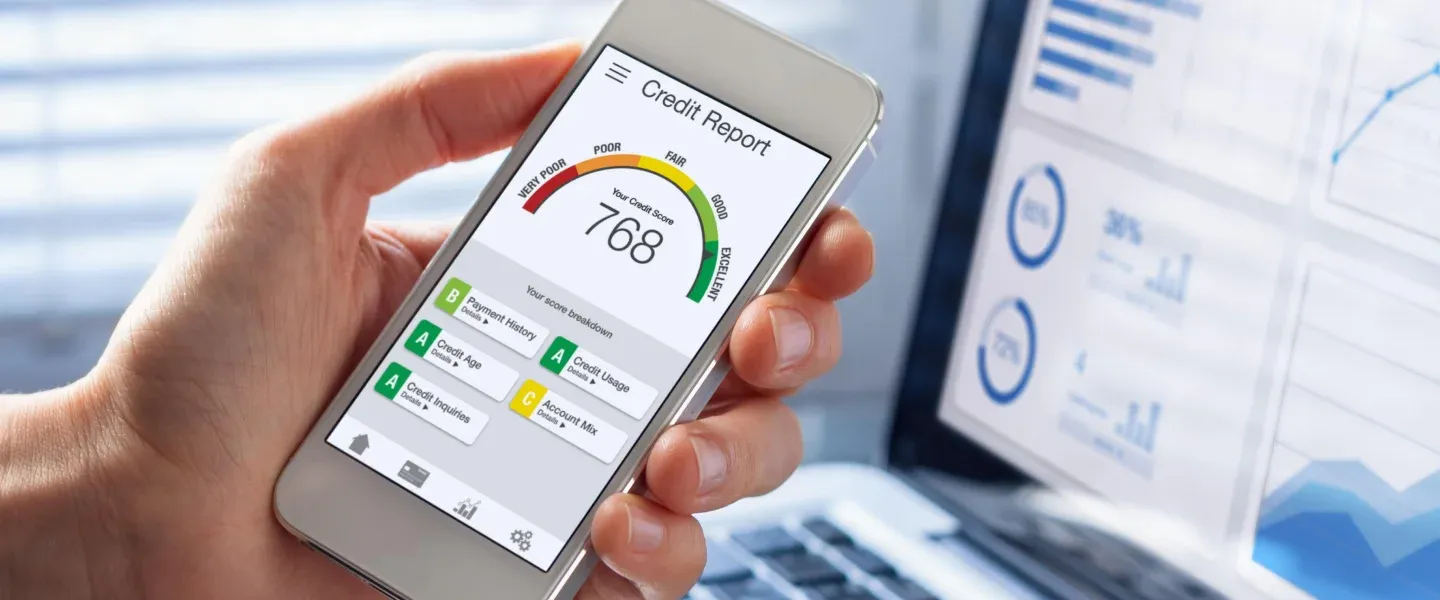The business must monitor the mobile app performance metrics regularly. Based on these inputs, companies can tweak their app strategies to enhance uptake and the RoI. It is equally essential to track the KPIs systematically and compare them with historical data. This article will discuss some of the mobile app metrics to track.
As handheld devices increase, businesses are increasingly improving their audience outreach. One of the optimal ways for brands to enhance awareness and increase conversions is by having a mobile app. But does the team's responsibilities end with uploading the app onto the mobile app store?
Why must Brands Monitor Mobile App Performance?
The mobile app must perform at its optimum level to ensure you meet the business goals. The marketing team must track the KPIs regularly to allow the brand to take strategic decisions based on the inputs. Specialised software can provide information about these KPIs. It can help enhance the user experience by informing about the average downtime, apart from the performance of the database, cache, etc.
Monitoring app performance can also speed up innovation by recording the users' preferences towards specific app features. It can also help to boost revenues by suggesting in-app purchases that the users will promptly take up. Monitoring the mobile app can also minimise app operating expenses.
Top Mobile App Performance Metrics
Acquisitions and Activations
Businesses spend resources in marketing the mobile app. You can measure the returns on the investment by assessing the number of acquisitions and activations within a specified time. In addition, you can track the downloads you are receiving daily, which can help you ascertain the RoI on your ads. The team can also monitor these users’ channels and make changes to their campaigns.
Retention and Churn Rate
Businesses must assess the number of users who are loyal to the app. Several repeat visitors could be, but a few could never return after their initial visit. Therefore, it is necessary to track both of these KPIs.

The retention rate depicts the number of users who have returned to your use. Nurturing these users can turn them into loyal advocates of your mobile app. The churn rate shows the number of dropouts, and the company expects to keep it as low as possible.
App Start Times
Studies show that 49% of users expect the mobile app to start within two seconds. However, an analysis of the best 100 apps shows that around 39 start within two seconds. Another 73 of these apps started within 3 seconds. (Source: Instabug) The start times must be measured to assess the app's performance and enhance the user experience.
The cold start refers to the time for the mobile app to start afresh. In this case, there would be no processes running in the background. A hot start refers to when the app's operations run in the background. It is faster than a cold start as the app's activity is there in the memory.
User Lifetime Value
Businesses are constantly trying to ascertain the lifetime value of their customers. It is one of the reasons the focus is more on cross-selling and up-selling solutions to the app's current users. The reason is that the RoI in addressing the existing users is more than the cost incurred in acquiring new users.
It is among the mobile app performance benchmarks and is measured by ascertaining the users' revenue throughout their association with the mobile app. The average lifetime value can affirm your users' loyalty to the brand and your possible cash flow in the future.
Conversion Rate
The conversion rate is among the most critical mobile app metrics to track. It will help to ascertain the customers' buying behaviour and find out the demographics of the buyers. Moreover, it can also be a great way of finding out the RoI for the campaigns carried out.

Closely associated with the conversion rate is the cost per install. Brands must also determine the amount they are spending to acquire a user. It is another metric that provides you with information about the marketing channels that work best for your app.
Average Session Length
When you are trying to understand the level of engagement users have with your app, you must track the average length of each session. As a marketer, you can also receive information about the users' various actions when navigating the workflows across the app.
The information can help the developers make suitable adjustments in future app versions. It is also necessary to know the average number of screens visited by the user. The developers can understand the quality of the app’s design and the level of intuitiveness of the app.

Active Users
The number of active users on the app can show the app's acceptance among the audience. Ideally, the number can increase over time. However, some users may also cease to use it. Therefore, among the critical mobile app performance metrics, it also helps to track whether the cost of acquiring new users is within prescribed limits.
The monthly and daily active users can show you the growth rate of users across specific timeframes. For example, it is an essential metric if the business spends more on online ads. You can also track the number of active users across your tip regions.
Total Revenues
Businesses must also track the revenues generated through the mobile app. It is the most critical metric to be followed to help find the app's acceptance by the audience. However, the metric applies to only those apps that support mobile commerce.
You can also monitor the in-app purchases for all the upselling and cross-selling targeted towards the audience. If you are selling multiple products and services over the app, you can also find the segment-wise revenues generated through the app. It will help you make suitable changes to your outreach strategies.
App Latency
It is another of the critical mobile app user engagement metrics. Of course, users wouldn't expect the mobile app to crash at crucial junctures. However, several of us have experienced app crashes. You can monitor the crash rate, the average number of hits per application load. The optimal value of this metric can vary according to its maturity, usage, etc.
Also Read: How Mobile Friendly Website Affect User Flow
The latency of the app is another crucial metric to be tracked over time. Modern apps have several APIs, and the time interval when the APIs are triggered and when they come up with responses must be as low as possible.
Conclusion
Mobile apps have become crucial to the outreach strategy for several brands. Several sectors like mobile gaming, e-commerce, etc., focus mainly on the portable medium for their revenues. Relevant teams in the organisation must monitor the performance of the mobile apps in real-time to provide adequate information about their performance and user behaviour.
There are several mobile app user engagement metrics, and we have discussed some of them in this article. It would be best to finalise specific KPIs that form the basis of assessing various aspects of the mobile app. These metrics can help to fine-tune your strategies. Companies can work with custom mobile app development service providers to help you quickly formulate these KPIs. Be in touch with us. Our experts will be eager to help you.




